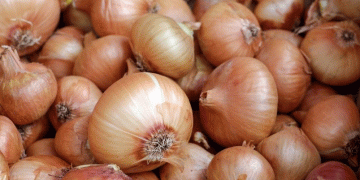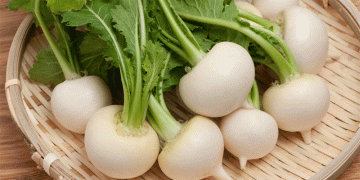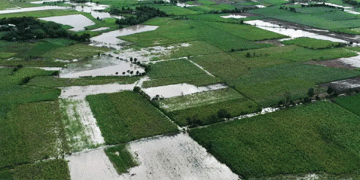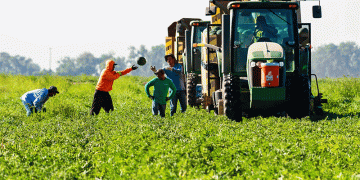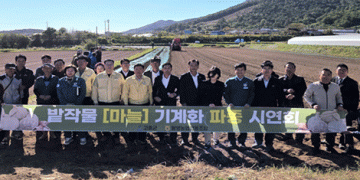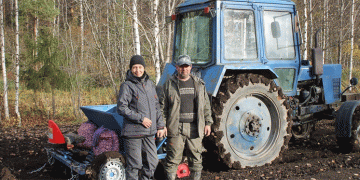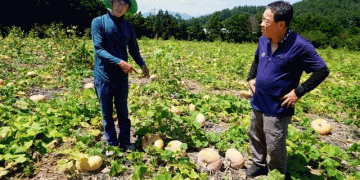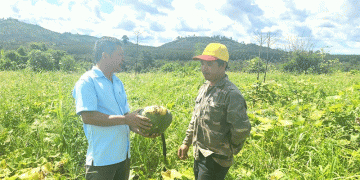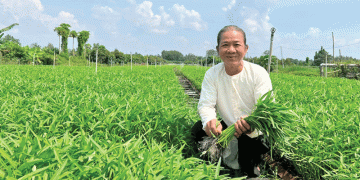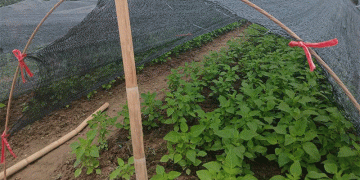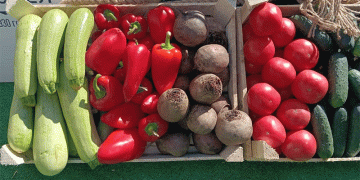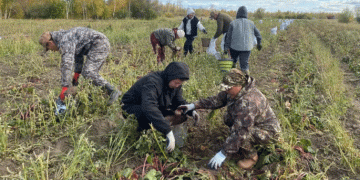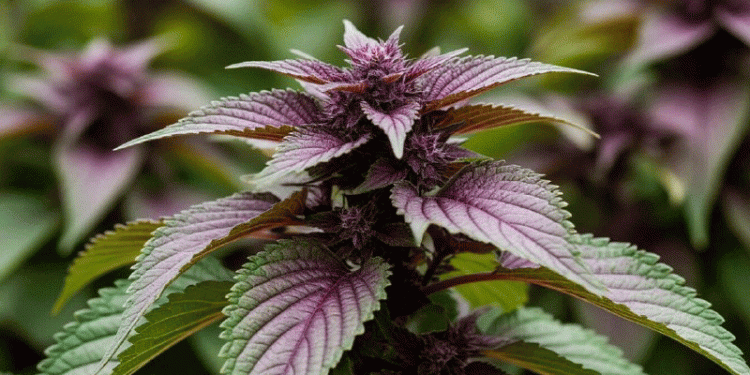In an era of fluctuating commodity prices and climate uncertainty, agricultural success increasingly hinges on innovation and market diversification. A powerful example of this is unfolding in the Jewish Autonomous Oblast (JAO), where farmers have successfully harvested their first-ever commercial crop of perilla—a bold move that signals a strategic pivot towards high-value, niche markets.
This initiative saw 500 hectares dedicated to the crop, resulting in a harvest of 600 tonnes with an average yield of 1.2 tonnes per hectare. While perilla is relatively unknown to the average Russian consumer, it is a staple in Asian cuisines and valued for its essential oils in the cosmetics industry. The farmers’ strategy appears strategically export-oriented, with reports indicating China as the likely primary market. This circumvents the need for a costly domestic marketing campaign to create demand from scratch, instead leveraging established international supply chains.
The diversification strategy in the JAO doesn’t stop at perilla. For the second consecutive year, farmers in the Leninsky District have also cultivated flax, another crop with strong export potential, particularly to China. On 718 hectares, they achieved a substantial yield of 2,800 tonnes, averaging 4.0 tonnes per hectare. This parallel success with flax underscores a regional commitment to building a resilient, market-savvy agricultural economy no longer solely dependent on traditional staples.
The Data Behind the Diversification Trend
Globally, the push for agricultural diversification is gaining momentum. According to a 2024 report by the Food and Agriculture Organization (FAO), integrating niche and underutilized crops into farming systems is a key strategy for enhancing biodiversity, improving soil health, and opening new income streams. The FAO highlights that crops like perilla and flax often have lower input requirements and higher market value per hectare compared to some conventional grains, improving the farm’s overall economic and environmental sustainability.
Furthermore, the focus on export markets is a data-driven decision. The global market for specialty oils and herbal products is projected to grow significantly. A recent analysis by Grand View Research indicated the global essential oils market size was valued at USD 18.5 billion in 2023 and is expected to expand at a compound annual growth rate (CAGR) of 7.5% from 2024 to 2030. By aligning their production with this international demand, the farmers in JAO are positioning themselves at the forefront of a profitable trend.
The pioneering work in the Jewish Autonomous Oblast provides a valuable case study for farmers, agronomists, and farm owners worldwide. It demonstrates that future profitability may not lie in simply producing more of the same, but in strategically identifying and cultivating crops for specific, high-demand markets. While challenges in logistics and market development remain, the successful cultivation of perilla and flax highlights a path toward greater agricultural resilience, reduced economic vulnerability, and enhanced profitability through calculated diversification and a global market perspective.
















